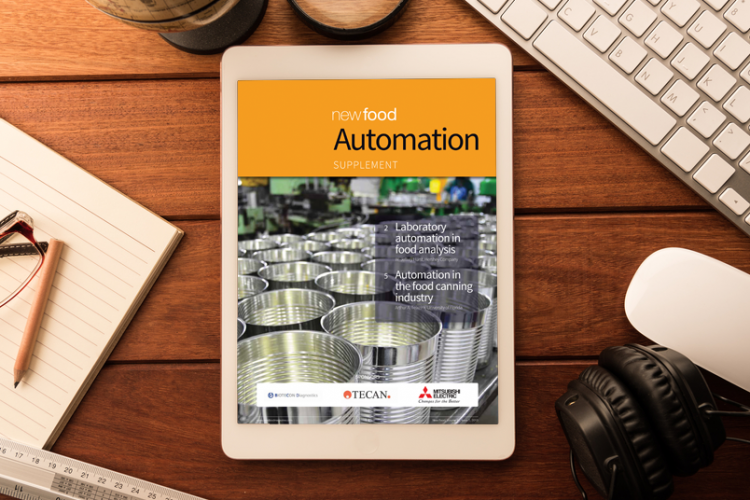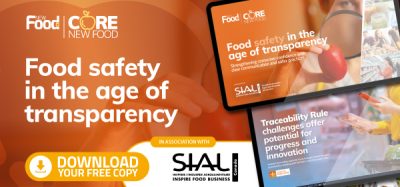Automation supplement 2013
- Like
- Digg
- Del
- Tumblr
- VKontakte
- Buffer
- Love This
- Odnoklassniki
- Meneame
- Blogger
- Amazon
- Yahoo Mail
- Gmail
- AOL
- Newsvine
- HackerNews
- Evernote
- MySpace
- Mail.ru
- Viadeo
- Line
- Comments
- Yummly
- SMS
- Viber
- Telegram
- Subscribe
- Skype
- Facebook Messenger
- Kakao
- LiveJournal
- Yammer
- Edgar
- Fintel
- Mix
- Instapaper
- Copy Link
Posted: 4 November 2013 | W. Jeffrey Hurst, Arthur A. Teixeira | 2 comments
Laboratory automation in food analysis (Author: W. Jeffrey Hurst, Hershey Company)
Automation in the food canning industry (Author: Arthur A. Teixeira, University of Florida)


This free to view Automation supplement is sponsored by Mitsubishi Electric, Tecan and BIOTECON Diagnostics.
- Laboratory automation in food analysis
Author: W. Jeffrey Hurst, Hershey Company
In graduate school, I took a course called laboratory automation and since my area of interest at that time was clinical chemistry, the course delved into the work of Skeggs and others in segmented flow analysis and flow injection analysis. Little did I know what would come. Laboratory automation was always on my mind but in 1982, I became smitten by a metal apparatus full of electronics, servos and interchangeable hands from Zymark and named Candace … Candace was Zymate number 11… - Automation in the food canning industry
Author: Arthur A. Teixeira, University of Florida
Thermal processing of canned foods has been one of the most widely used methods of food preservation during the 20th century and has contributed significantly to the nutritional well-being of much of the world’s population. Thermal processing consists of heating food containers in pressurised retorts (steam autoclaves or ‘pressure cookers’) at specified temperatures for prescribed lengths of time. These process times are calculated on the basis of achieving sufficient bacterial inactivation in each container to assure food safety to the consuming public, and to ensure that the probability of spoilage will be less than some minimum. Associated with each thermal process is always some degradation of heat-sensitive vitamins and other quality factors that is undesirable. Because of these quality and safety factors, great care is taken in the calculation of these process times and in the control of time and temperature during processing to avoid under- or over-processing. This article describes some of the food process machinery systems used in the food industry to accomplish sterilisation of canned foods and the varying degrees of automation that are employed…
Issue
Related topics
Related organisations
BIOTECON Diagnostics, Mitsubishi Electric, Tecan Schweiz AG, The Hershey Company








Hi Mladen, If you click on the “register” link you’ll be able to subscribe to the digital version of New Food magazine.
Dear colleague,
I would like to apply for subscription of Food Magazine.